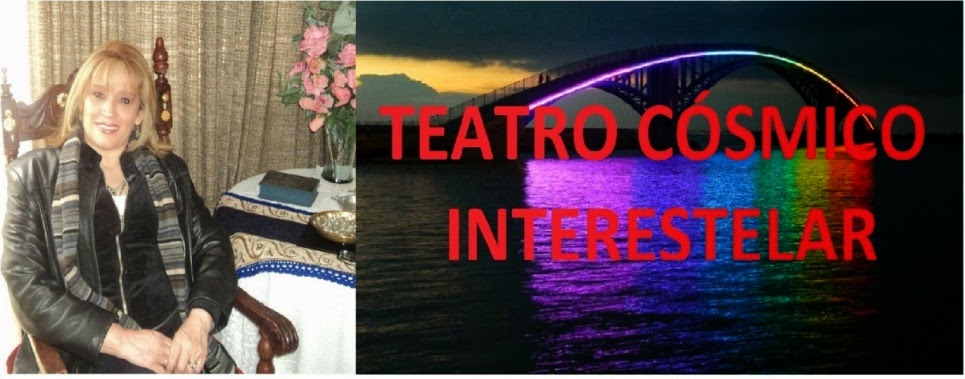| They came from outer space--and you can have one! Genuine meteorites are now on sale in the Space Weather Store. |
ECLIPSE OF THE MIDNIGHT SUN: A solar eclipse at midnight? It's not only possible, it actually happened last night. On June 1st, the new Moon passed in front of the midnight sun above the Arctic circle, producing a partial eclipse of exquisite beauty. Bernt Olsen photographed the event from Sommarøy, Tromsø, Norway:
"A rain shower threatened to spoil the show, but just before midnight the clouds parted and I got a fairly clear shot of the eclipse," says Olsen. "I'm glad I did, because we won't experience an eclipse like this again for 73 years."
Until then, browse the links for more eclipse shots: from Renate Westlien of Tana, Finnmark, Norway; from Kulkova Svetlana of Bratsk, Russia; from Travis Stagg of Fairbanks Alaska; from B.Art Braafhart of Sallatunturi, Finnish Lapland; from Thomas Hagen of Tromsø, Norway; from Johan Kero of Bergfors, Kiruna, Sweden; from Joerg Schoppmeyer of Akureyri, Iceland;
SOUTH POLE AURORAS: Earth is exiting a solar wind stream that sparked colorful auroras on May 28th-30th. At the height of the display, Southern Lights over the geographic south pole became so bright, "they were tricky to photograph without overexposure," reports J. Dana Hrubes, science leader at the Amundsen-Scott South Pole Station. "The ice surface as well as the 10m primary mirror of the South Pole Telescope were well illuminated." (continued below)
"When I went outside to take these pictures on May 30th, the air temperature was about -94 F (-70 C)," says Hrubes. "Just days earlier, the temperature had dropped all the way to -103.4 F (-75.2 C), so the aurora photo-shoot was relatively warm."
Photographers at the South Pole, bundle up! Another solar wind stream is due to arrive on or about June 4th. Its impact could trigger renewed geomagnetic activity, and you might want to go outside. Aurora alerts: text, voice.
more images: from Brian Larmay of Pembine, Wisconsin; from Minoru Yoneto of Queenstown, New Zealand; from Neva Andersen of Saint Cloud, Minnesota; from Dave Curtis of Dunedin, New Zealand; from Ian Stewart of Hobart, Tasmania, Australia; from Tom Luttrell of Mount Nelson Signal Station, Hobart, Tasmania; from Beatrice van Eden of Antarctica;
| Near Earth Asteroids |
On June 2, 2011 there were 1224 potentially hazardous asteroids.
Recent & Upcoming Earth-asteroid encounters:
| Asteroid | Date(UT) | Miss Distance | Mag. | Size |
| 2011 KG13 | May 24 | 3.2 LD | -- | 31 m |
| 2002 JC | Jun 1 | 57.5 LD | -- | 1.6 km |
| 2009 BD | Jun 2 | 0.9 LD | -- | 10 m |
| 2011 KE15 | Jun 3 | 3.7 LD | -- | 18 m |
| 2011 KV15 | Jun 5 | 8.3 LD | -- | 25 m |
| 2002 JB9 | Jun 11 | 71.5 LD | -- | 3.2 km |
| 2001 VH75 | Jun 12 | 42.2 LD | -- | 1.1 km |
| 2004 LO2 | Jun 15 | 9.9 LD | -- | 48 m |
| 2011 GA55 | Jul 6 | 64.1 LD | -- | 1.0 km |
| 2011 EZ78 | Jul 10 | 37.3 LD | -- | 1.5 km |
| 2003 YS117 | Jul 14 | 73.9 LD | -- | 1.0 km |
| 2007 DD | Jul 23 | 9.3 LD | -- | 31 m |
| 2009 AV | Aug 22 | 49.7 LD | -- | 1.1 km |
| 2003 QC10 | Sep 18 | 50 LD | -- | 1.2 km |
| Essential web links |
| NOAA Space Weather Prediction Center |
| The official U.S. government space weather bureau |
| Atmospheric Optics |
| The first place to look for information about sundogs, pillars, rainbows and related phenomena. |
| Solar Dynamics Observatory |
| Researchers call it a "Hubble for the sun." SDO is the most advanced solar observatory ever. |
| STEREO |
| 3D views of the sun from NASA's Solar and Terrestrial Relations Observatory |
| Solar and Heliospheric Observatory |
| Realtime and archival images of the Sun from SOHO. |
| Daily Sunspot Summaries |
| from the NOAA Space Environment Center |
| Heliophysics |
| the underlying science of space weather |
| Conquest Graphics |
| for out-of-this-world printing and graphics |
| Trade Show Displays |
| SpaceWeather.com sponsor |
| Science Central |
| SpaceWeather.com sponsor |
| more links... |

No hay comentarios:
Publicar un comentario